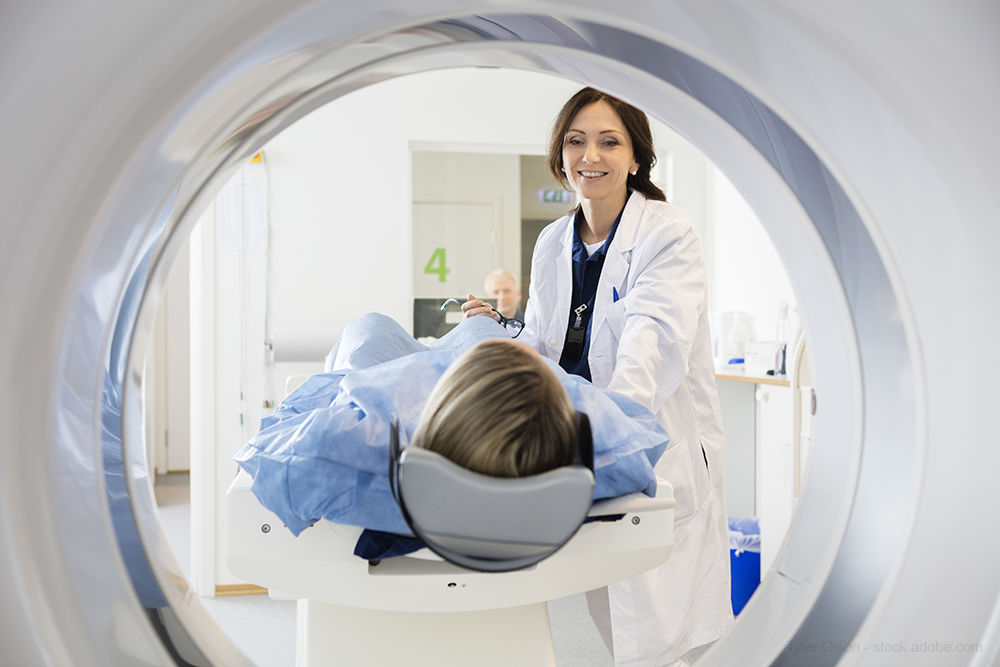Reporting Guidelines for PET/CT in Oncology Not Being Followed
Greater efforts needed to harmonize reporting practices.

Physicians are not consistently following reporting guidelines for PET/CT scans in oncology, according to a study published in the Journal of Nuclear Medicine.
Researchers from Germany, Australia, and Austria developed a survey to assess clinicians’ approaches towards reporting PET/CT findings.
The 28-question electronic survey was active for six weeks and was distributed world-wide. Most (78%) responses came from Europe.
Of all responders:
- 21% were nuclear medicine specialists
- 41% were radiologists
- 22% were dual-board certified
- 9% were residents in either nuclear medicine or radiology
- 5% were medical physicists, radiographers, or oncologists
Aside from questions about responders’ demographics and professional background, the survey asked about the structure and quality of the PET/CT reports including:
- Type of reported information
- Use of reporting standards
- Mix of reporting and presenting experts.
Reports were described as being done according to the EANM/SNMMI 2015 guidelines for 18F-FDG-PET/CT imaging in just over half (55%) of responses, but 30% responders were unaware of these guidelines.
Related article: Photon-Counting–Detector CT Can Characterize Small Renal Stones
The report structures varied across sites with most sites; 38% of sites report PET with supplementary localization information from CT and 27% sites report a CT report with supplementary PET information. One third of the reports include information on the TNM stage of the oncology patient in all reports, while 34% only included it occasionally, while 12% reports only for selected tumors. For reports for therapy response assessments, various well-established criteria are employed ranging from 15% (EORTC) to 57% (Deauville) of cases.
The researchers concluded that there was a broad variation in the PET/CT reporting strategies adopted for oncology studies. There was a widespread lack of awareness that there were existing guidelines for PET/CT reporting. This, the authors wrote, raised concerns as to whether reporting clinicians are optimally using the complementary information from each modality.
GE HealthCare Debuts AI-Powered Cardiac CT Device at ACC Conference
April 1st 2025Featuring enhanced low-dose image quality with motion-free images, the Revolution Vibe CT system reportedly facilitates improved diagnostic clarity for patients with conditions ranging from in-stent restenosis to atrial fibrillation.
The Reading Room: Racial and Ethnic Minorities, Cancer Screenings, and COVID-19
November 3rd 2020In this podcast episode, Dr. Shalom Kalnicki, from Montefiore and Albert Einstein College of Medicine, discusses the disparities minority patients face with cancer screenings and what can be done to increase access during the pandemic.
Can Photon-Counting CT be an Alternative to MRI for Assessing Liver Fat Fraction?
March 21st 2025Photon-counting CT fat fraction evaluation offered a maximum sensitivity of 81 percent for detecting steatosis and had a 91 percent ICC agreement with MRI proton density fat fraction assessment, according to new prospective research.